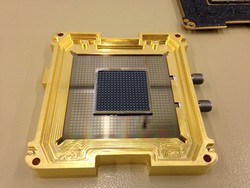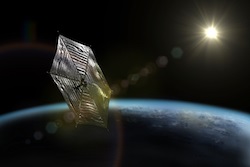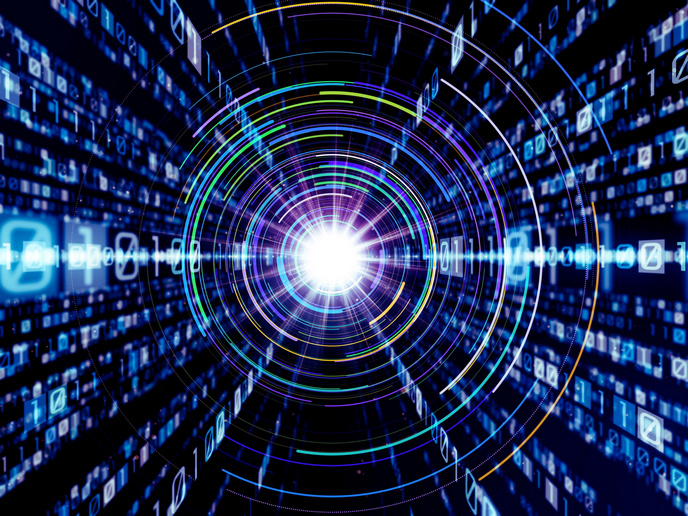New superconducting detectors for future space missions
Until now, the choice of detector technologies available in the far infrared to millimetre wavelength range has been limited, and detector systems have been costly to implement. KIDs are a relatively new piece of superconducting detector technology suitable for detecting electromagnetic radiation at wavelengths between 30 μm and 3 mm. Before the SPACEKIDS (Kinetic inductance detectors – A new imaging technology for observations in and from space) project, basic operational concepts had been demonstrated for ground-based applications. The EU-funded project worked to advance KIDs technology to the next stage. World-leading research groups from four European countries joined their efforts to extend the capabilities of state-of-the-art far infrared detectors. They focused on the developments needed for implementing KIDs in a new generation of space-based instruments. Various detector materials were explored to optimise the far KIDs' performance. Tests showed that aluminium films could achieve the required sensitivity over the entire far infrared to millimetre wavelength range. The performance of KIDs in the presence of a cosmic ray flux, representative of different space environments, was optimised through modelling and testing. Furthermore, detailed optimisation of the efficient coupling of electromagnetic radiation to different implementations of KIDs – antenna-coupled and lumped-element – was carried out. The researchers also identified a number of space mission concepts for astronomy and Earth observation for which KIDs could be a competitive detector choice. They analysed several mission scenarios, for each of which they also defined KID requirements. Ultimately, KID pixel and array designs were developed together with readout electronics necessary for reading out large numbers of pixels for low backgrounds (typical of astrophysical applications) and high backgrounds (typical of Earth observation applications). The SPACEKIDS team used two laboratory demonstrators to evaluate KID array characteristics and performance in the space environment. The successful results open the way for a new generation of scientific instruments, promising a better understanding of our planet and the universe.
Keywords
Space missions, kinetic inductance detectors, far infrared, millimetre wavelengths, SPACEKIDS







